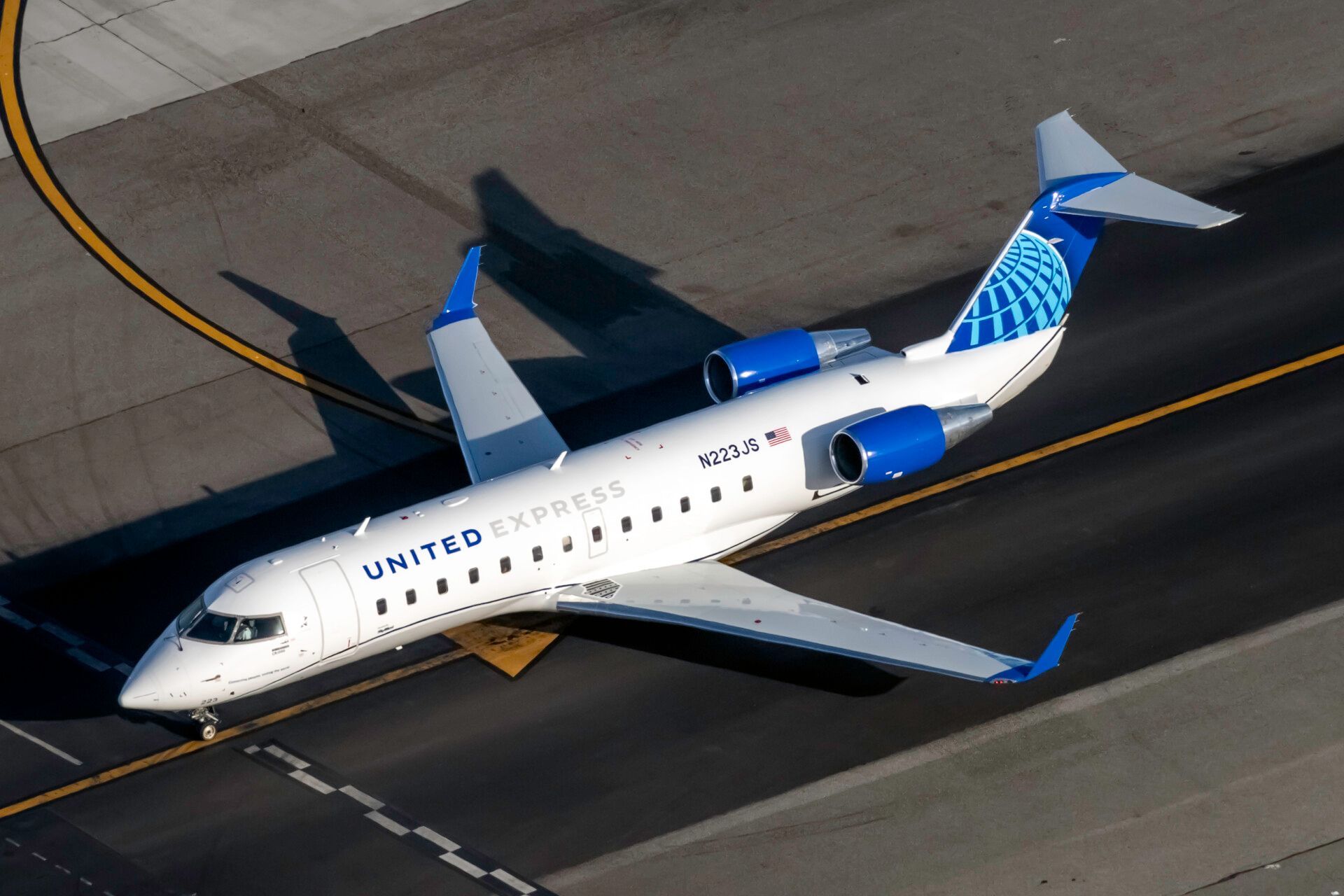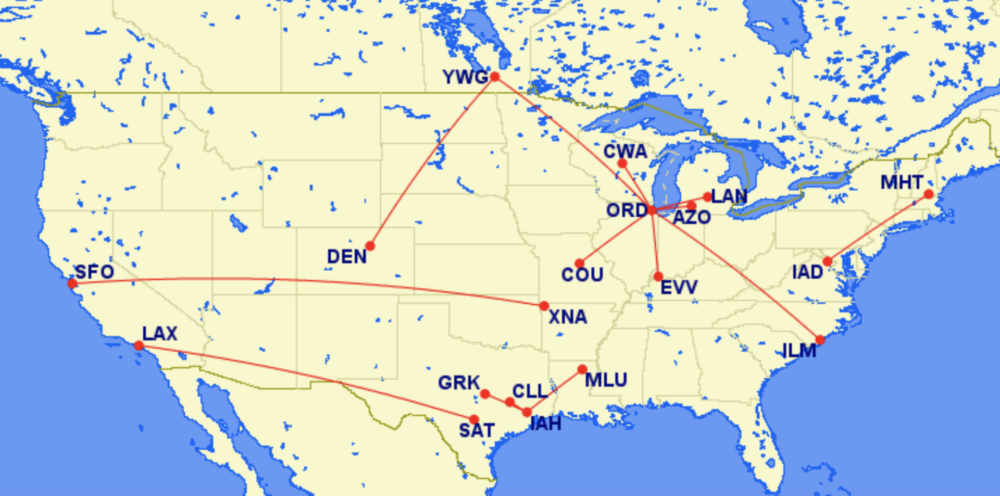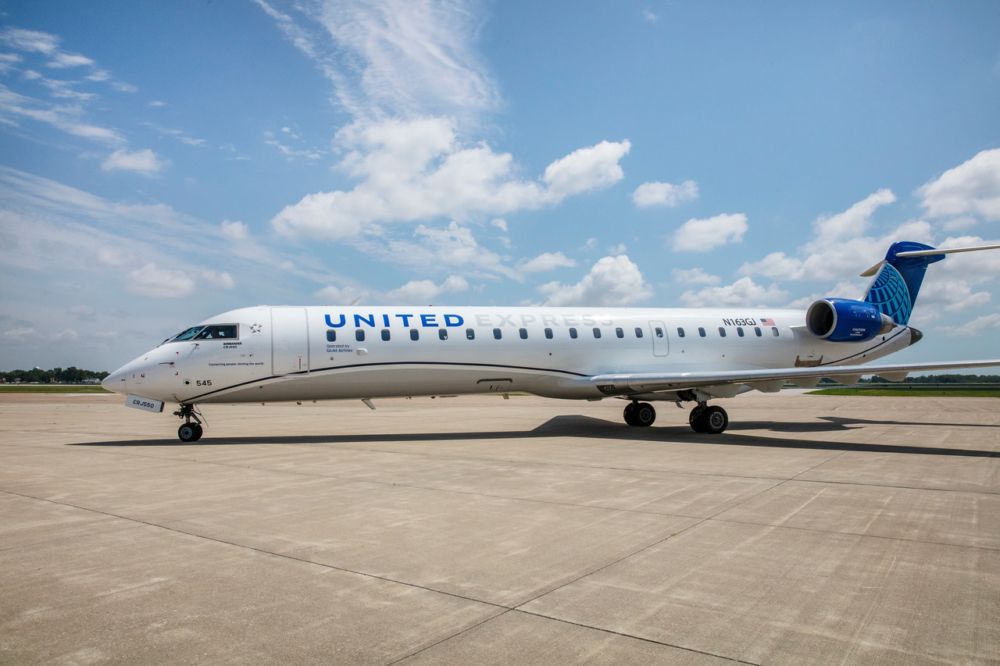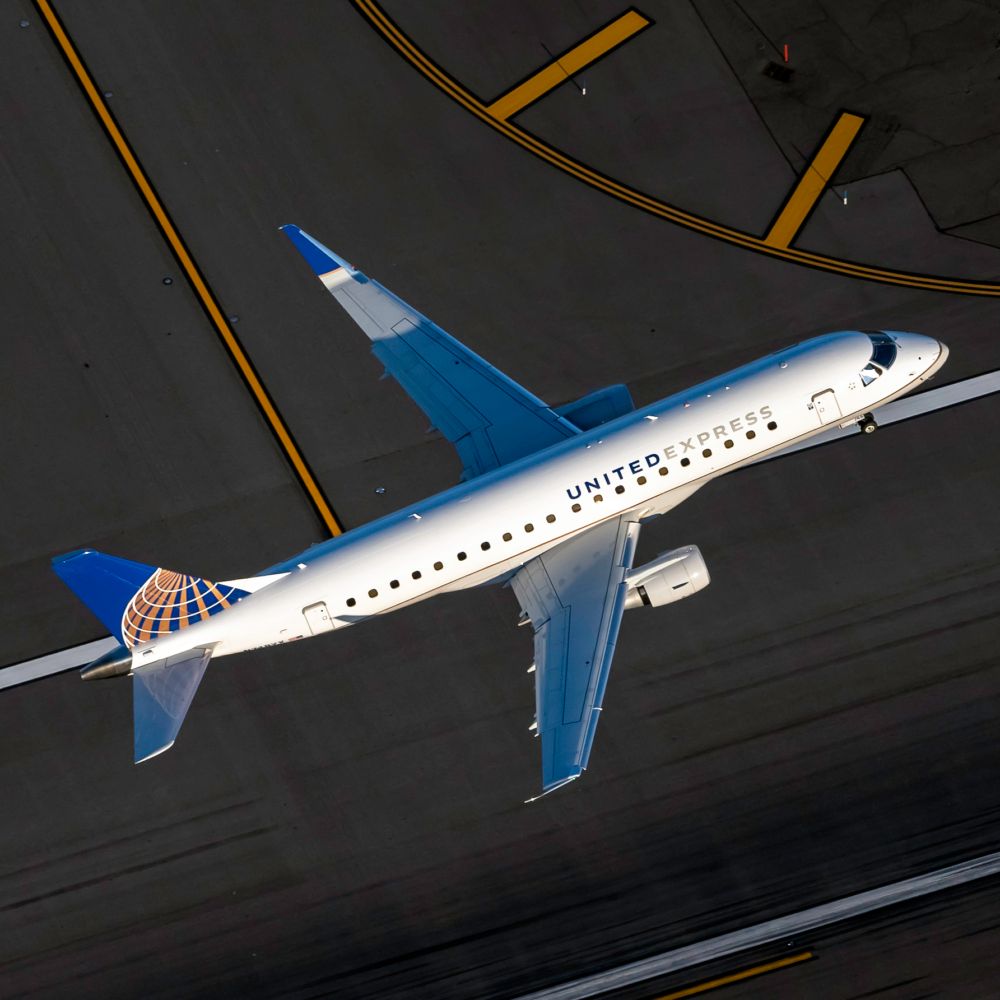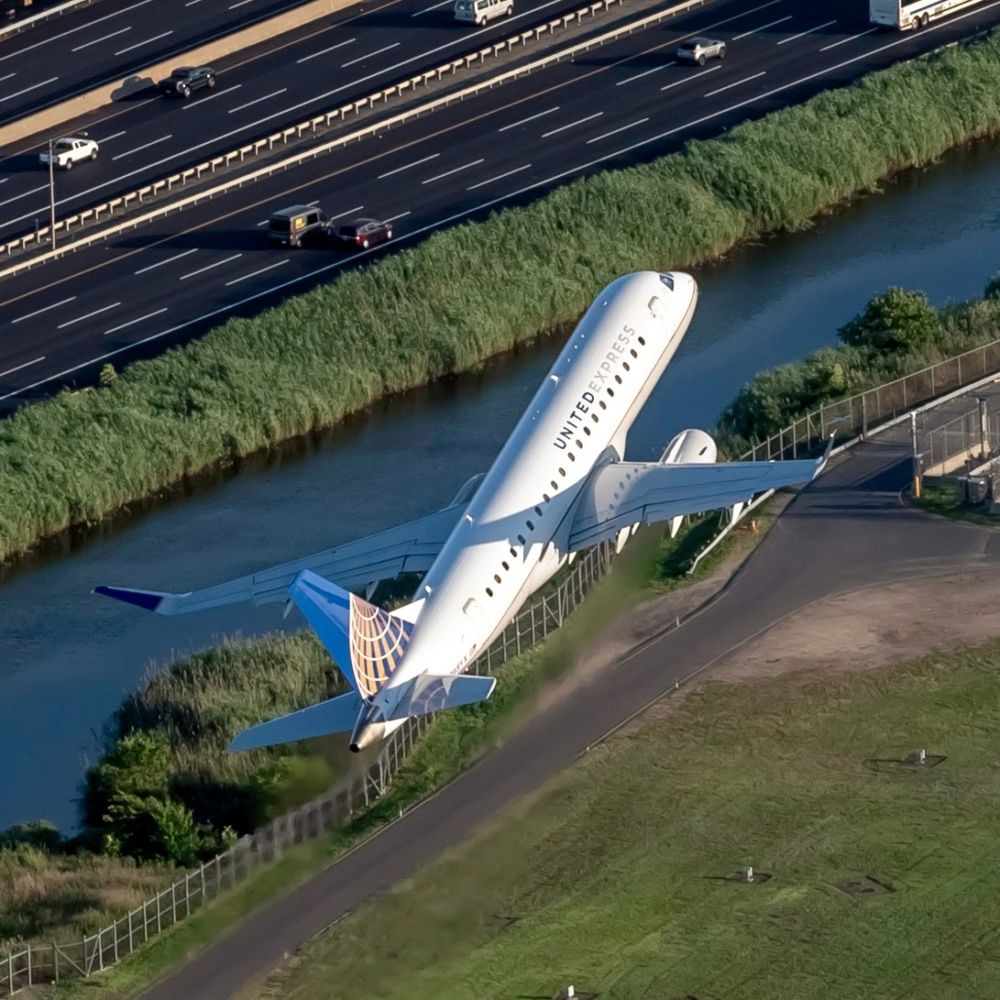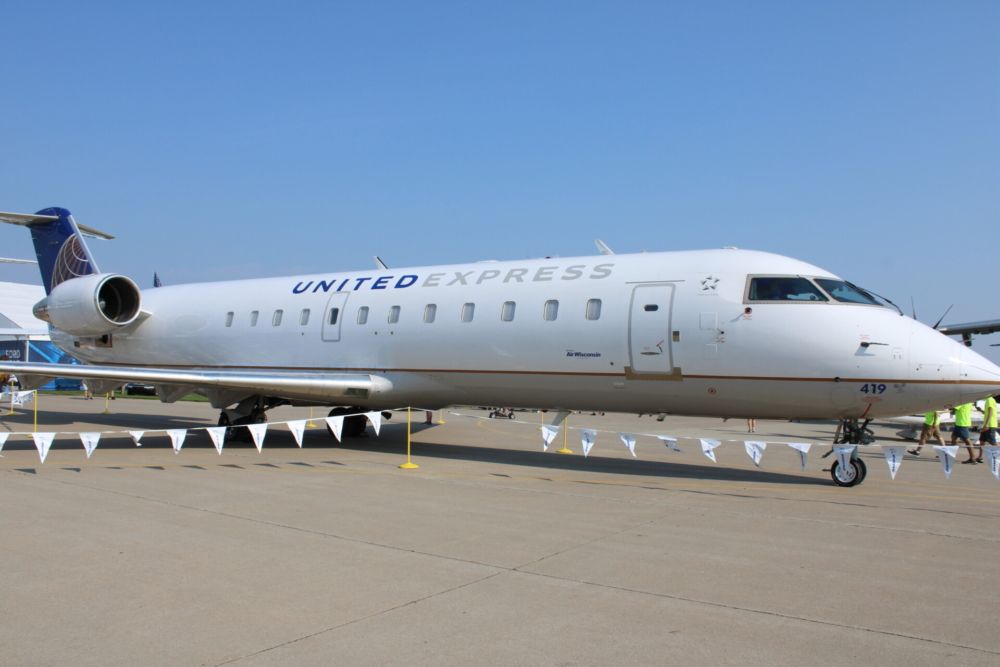Filing schedules this weekend, United Airlines has made some significant cuts to its regional network. Several smaller destinations will lose service altogether, while other airports will see United alter how it serves them. United is also continuing to work on its regional network as it considers how it wants to approach its network in the coming years.
United makes route cuts
United Airlines has cut the following routes from its schedule next year, according to data from Cirium:
- Chicago O'Hare (ORD) to Columbia, Missouri (COU)
- Chicago O'Hare (ORD) to Evansville, Indiana (EVV)
- Chicago O'Hare (ORD) to Kalamazoo, Michigan (AZO)
- Chicago O'Hare (ORD) to Lansing, Michigan (LAN)
- Chicago O'Hare (ORD) to Wausau, Wisconsin (CWA)
- Chicago O'Hare (ORD) to Wilmington, North Carolina (ILM)
- Chicago O'Hare (ORD) to Winnipeg, Canada (YWG)
- Denver (DEN) to Winnipeg, Canada (YWG)
- Houston (IAH) to College Station, Texas (CLL)
- Houston (IAH) to Killeen, Texas (GRK)
- Houston (IAH) to Monroe, Louisiana (MLU)
- Los Angeles (LAX) to San Antonio, Texas (SAT)
- San Francisco (SFO) to Bentonville/Fayetteville, Arkansas (XNA)
- Washington D.C. (IAD) to Manchester, New Hampshire (MHT)
With these changes, Columbia, Evansville, Kalamazoo, Lansing, Wausau, Winnipeg, College Station, Killeen, and Monroe will lose all United service. Nearly all of the flights cut had a 50-seat regional jet service scheduled on United. These flights fall under the United Express banner, which are operated by regional airlines that fly smaller jets under contract with United.
One notable exception to this is the Los Angeles to San Antonio route. United had scheduled a 76-seat Embraer E175 to operate this route, but it is not without its competition. American, Delta, and Southwest all fly this route with varying aircraft, including mainline jets like the Airbus A220 on Delta.
Some of these destinations will see a change of service. For example, Wilmington will lose service to Chicago, which was scheduled on a CRJ200. Instead, it will receive twice-daily service to Newark (EWR) using a CRJ550, featuring a dedicated first class cabin. Existing service from Wilmington to Washington D.C. will also stay.
Will United be back?
Columbia Regional Airport (COU) released a statement on United's recent changes, indicating that United will be cutting services to Columbia and seven other stations in the United States due to "limited resources and staffing impacts" attributed to the ongoing global health crisis. Staffing has proven to be a weak link in the overall airline recovery.
This seems to indicate that United could reasonably be back. If staffing struggles are minimized, and United can get its teams back in place, it could reinstate these services. It is unclear if the staffing and resource shortages are unique to those individual stations or part of a reallocation of resources on the regional side of operations. The cuts are not unique to one particular regional carrier.
Several of these destinations are within driving distance to other major airports United serves. From Kalamazoo, passengers could drive up to Grand Rapids to fly United, for example. In Texas, College Station is relatively close to Houston. In this way, the airline can still market its services to those customers, but it may lose some given that other airlines are still flying into those airports United is withdrawing from.
United is still debating what its network is going to look like in the coming years. As part of its blockbuster 270-aircraft order in June, the carrier announced plans to retire around 200 all-economy 50-seat regional jets. That means far fewer small planes that can come and operate some of these regional flights. The problem is that there is no new generation of 50-seat regional jets around that United has on order. There are some turboprops in the works, but nothing firm. If it does not have the aircraft to make these smaller destinations work, it can have broader ramifications across the carrier's network.
Regional flying in the United States
Regional jets are a common sight across the United States, and they serve an essential role in the airline ecosystem. However, while the planes bear the name of "United" or "American" or "Delta," they are not technically under the umbrella of the mainline airline's fleet.
To save on costs and make a lot of regional flying possible, airlines have capacity purchase agreements with regional carriers like SkyWest or Mesa Airlines, for example. These airlines fly a certain number of planes and flights on behalf of the larger airline. United's regional arm is branded as "United Express."
United has a contractual agreement with its mainline pilots that govern how much regional flying it can do. Called scope clauses, these agreements limit how many regional jets and how much capacity United can fly under a regional carrier. United then works with several different regional airlines to do regional flying within its contractually allowed limits.
United does have control over the deployment of those aircraft when it comes to routes. While Mesa, for example, operates the planes and supplies the crew, United Airlines determines where those planes and crew will fly. Much of United's network that utilizes regional jets focus on feeder traffic to and from its hubs.
There is also a federal program that makes more regional flying possible. Called the Essential Air Service (EAS) program, this is run by the United States Department of Transportation (DOT). Essentially, the DOT solicits bids from various airlines and helps subsidize flights to ensure smaller communities can remain connected to the broader air infrastructure in the US. United and its regional partners are engaged in several different EAS contracts.
Small airports have had to do a lot of work to get airlines to start services. If EAS contracts are not available, some have worked to create subsidies on their own to share with airlines. In other instances, local institutions that would benefit from the air service give some sales or load factors guarantees. The question now is whether United's cuts are starting to show a pattern of what regional airports could experience across the US, or if this is a near-term impact due to operating constraints.

